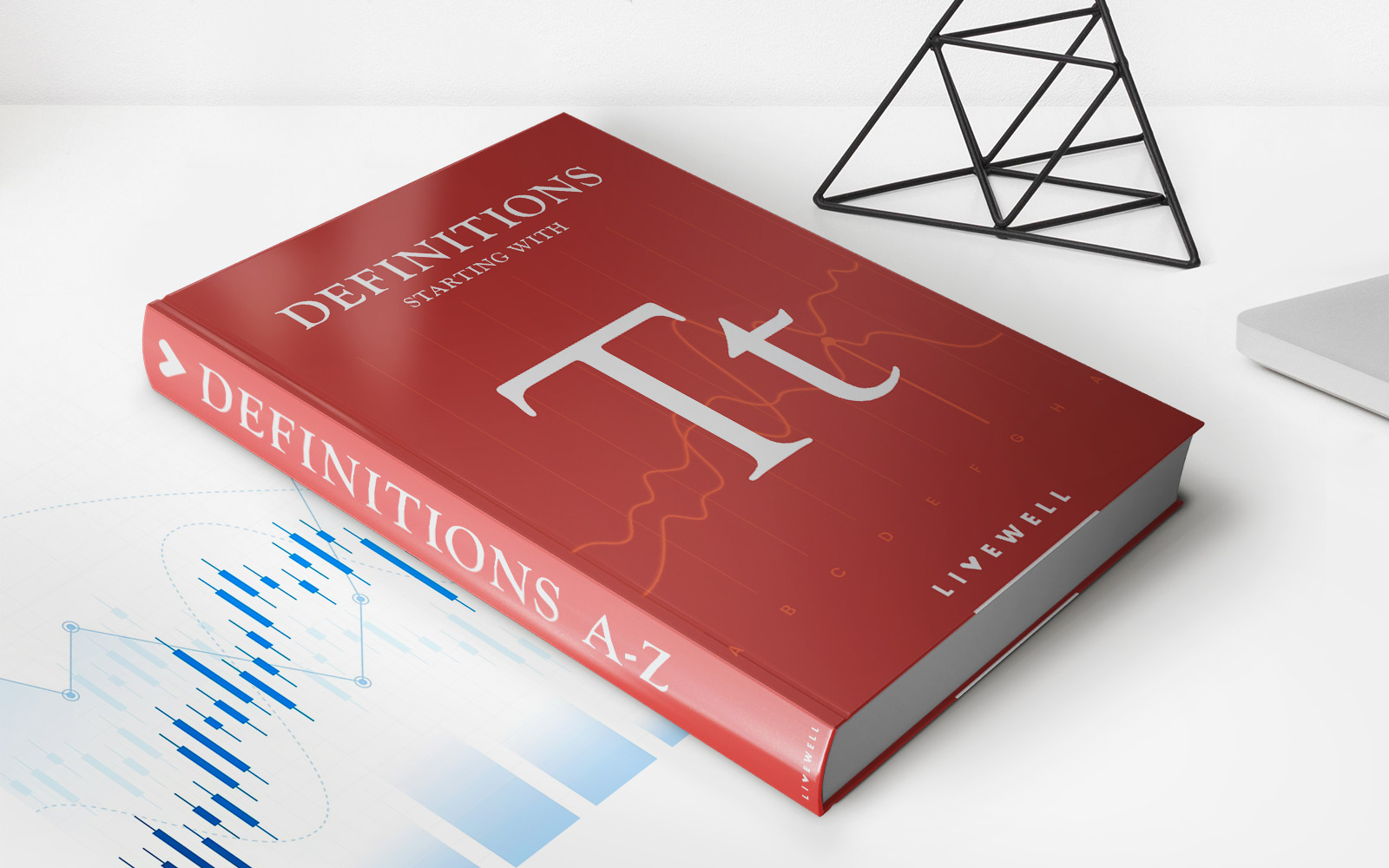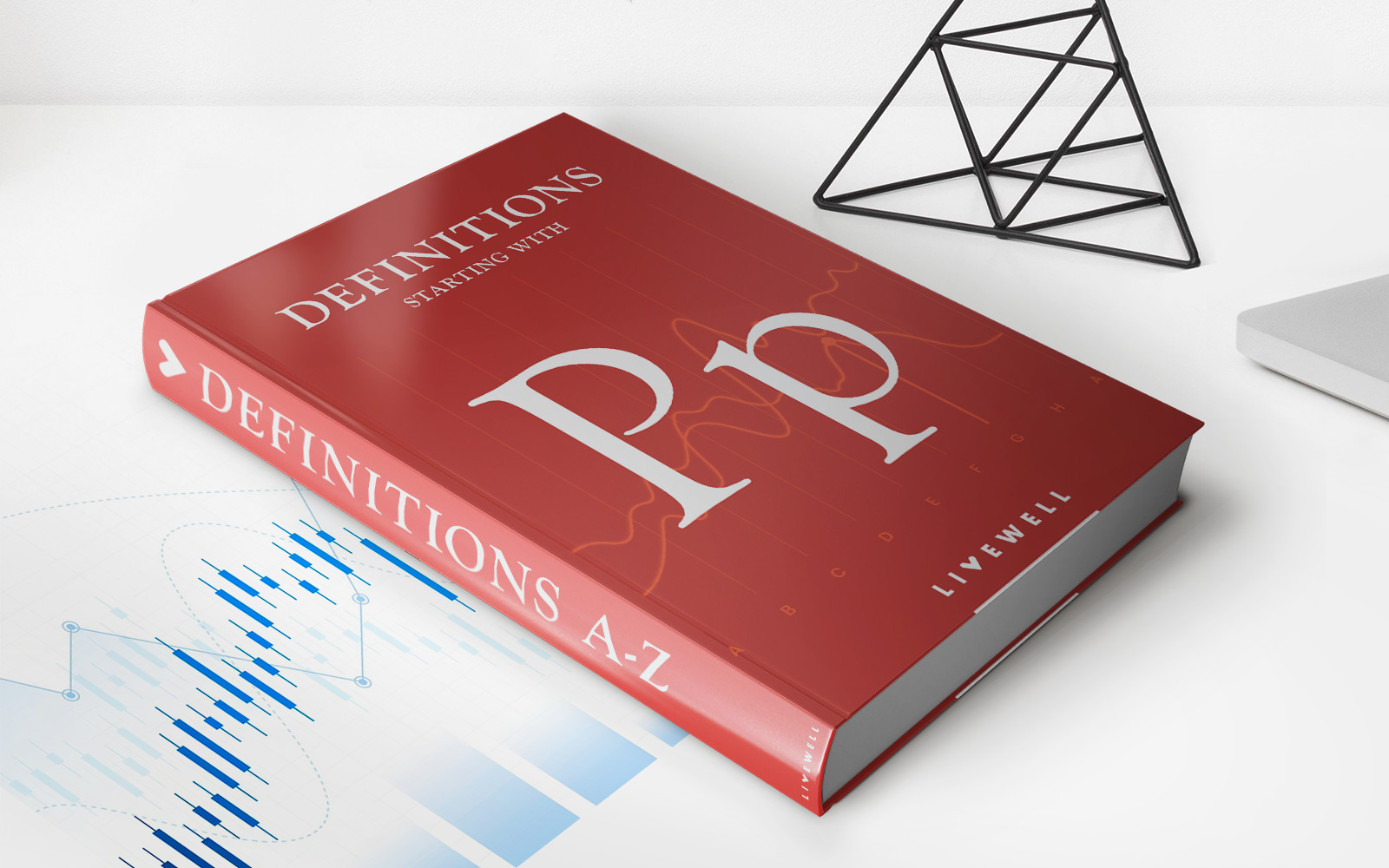Home>Finance>High Minus Low (HML): Definition And Uses In Finance


Finance
High Minus Low (HML): Definition And Uses In Finance
Published: December 5, 2023
Learn the definition and uses of High Minus Low (HML) in finance. Understand how this concept impacts various financial strategies and investments.
(Many of the links in this article redirect to a specific reviewed product. Your purchase of these products through affiliate links helps to generate commission for LiveWell, at no extra cost. Learn more)
High Minus Low (HML): Definition and Uses in Finance
Have you ever wondered what High Minus Low (HML) means in finance? You’re in the right place! In this blog post, we will define HML and explore its uses in the world of finance. So, let’s dive in and demystify this financial concept.
Key Takeaways:
- HML is a factor used in academic finance to explain stock returns based on a company’s book-to-market ratio.
- This factor helps investors identify stocks that are undervalued or overvalued relative to their book value.
High Minus Low, also known as HML, is a factor used in academic finance to explain stock returns. It is part of the Fama-French three-factor model, which was developed by Eugene Fama and Kenneth French in the early 1990s. The model provides a framework for understanding the relationship between a company’s stock returns and certain factors that influence its performance.
HML specifically focuses on a company’s book-to-market ratio. The book-to-market ratio compares a company’s book value (the value of its assets minus liabilities) to its market value. By considering this ratio, HML helps investors identify stocks that may be undervalued or overvalued relative to their book value.
So, how exactly does HML work? Let’s break it down:
- High HML: When the book-to-market ratio is high, it suggests that a company’s stock price is undervalued. This means that investors can potentially acquire these stocks at a lower price, with the expectation of earning higher returns in the future.
- Low HML: Conversely, when the book-to-market ratio is low, it indicates that a company’s stock price is overvalued. In this case, investors might want to consider selling or avoiding these stocks, as they may not offer attractive returns relative to their book value.
Understanding HML can have significant implications for investment strategies. By incorporating this factor into their analysis, investors can make more informed decisions about which stocks to buy, sell, or hold. It can serve as a valuable tool for portfolio managers, financial analysts, and individual investors looking to optimize their investment returns.
In conclusion, High Minus Low (HML) is a factor used in finance to explain stock returns based on a company’s book-to-market ratio. It helps investors identify undervalued or overvalued stocks, enabling them to make more informed investment decisions. By considering HML, investors can potentially enhance their portfolio’s performance and achieve their financial goals.














